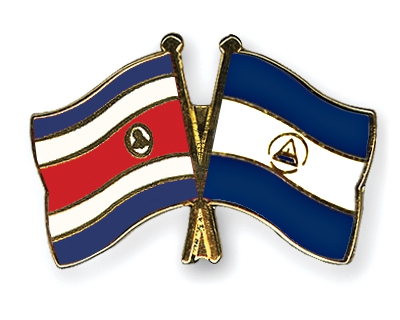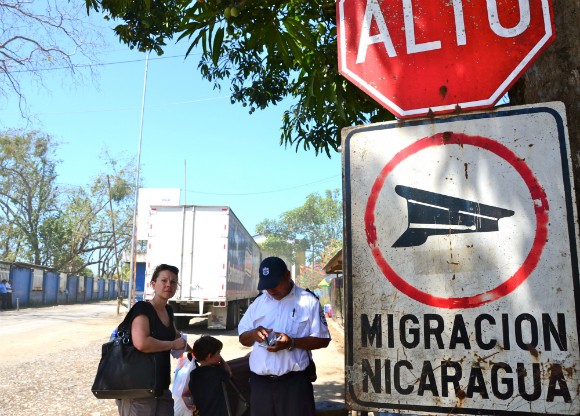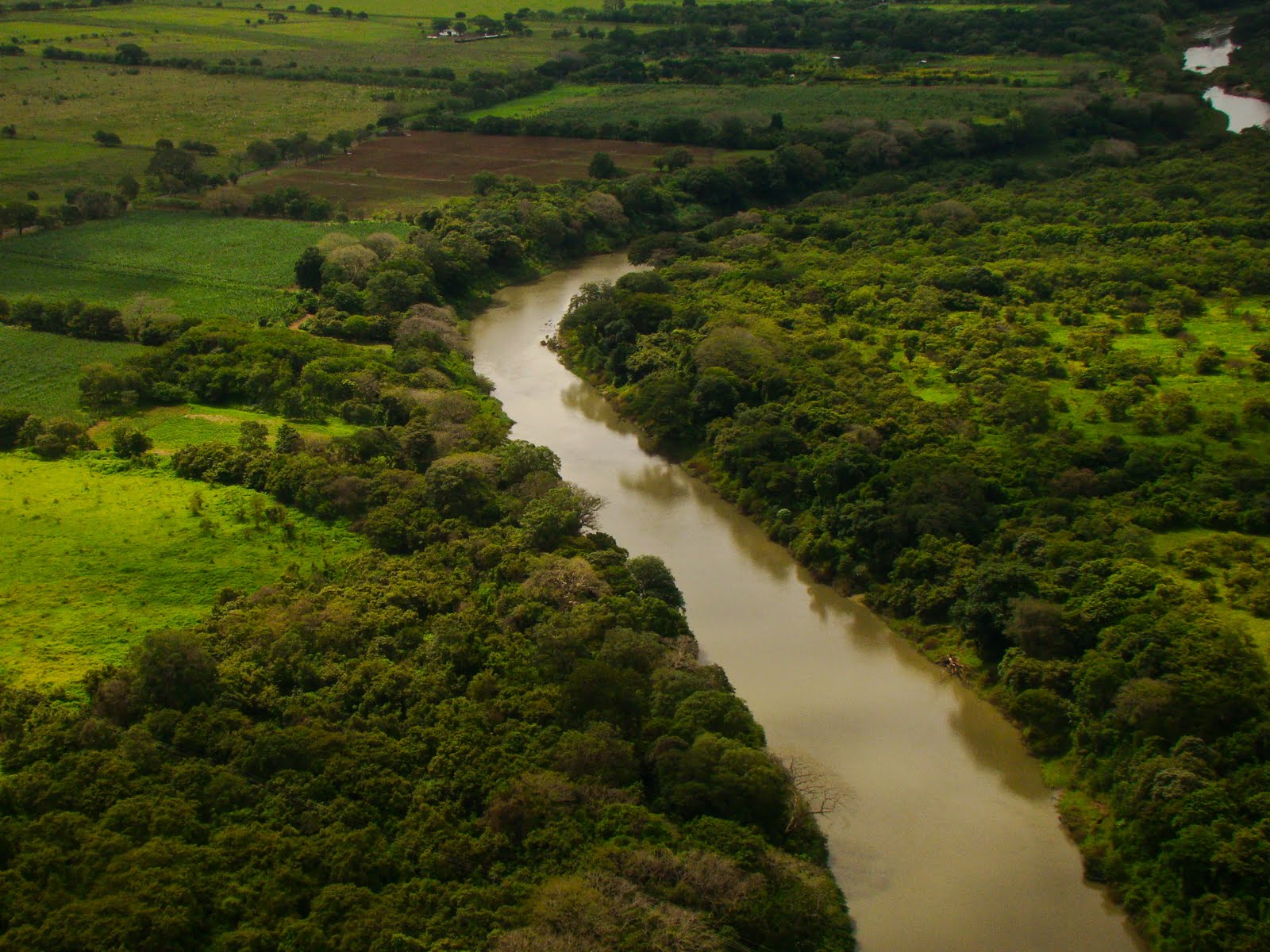Last December, the International Court of Justice (ICJ) at The Hague issued its verdict in a case involving the long-running, labyrinthine dispute between Costa Rica and Nicaragua over various issues related to the San Juan river. That river forms part of the southern border between the two countries. Western news media tirelessly depicted the ICJ judgment in terms of a victory for the government in San Jose and a defeat for Managua, while the still largely unresolved crisis of the stranded Cubans on Costa Rican soil provoked a vigorous and tense diplomatic exchange between the two countries, eventually leading to high level meetings of the Central American Integration System (SICA).
 Despite those two disagreements, the realities of the nascent multi-polar world order suggest that what have been often very tense relations between Nicaragua and its southern neighbor are likely to return to normal sooner rather than later. The ICJ ruling confirmed a very important point for Nicaragua, namely its sovereignty over the San Juan river. This was the main concern in Nicaragua after the Sandinista government’s plans to dredge the river in 2010 were met by Costa Rica with a battery of allegations of environmental damage and territorial violations, which led to last December’s ICJ ruling and its expensive proceedings.
Despite those two disagreements, the realities of the nascent multi-polar world order suggest that what have been often very tense relations between Nicaragua and its southern neighbor are likely to return to normal sooner rather than later. The ICJ ruling confirmed a very important point for Nicaragua, namely its sovereignty over the San Juan river. This was the main concern in Nicaragua after the Sandinista government’s plans to dredge the river in 2010 were met by Costa Rica with a battery of allegations of environmental damage and territorial violations, which led to last December’s ICJ ruling and its expensive proceedings.
An earlier ICJ decision in 2009 established beyond argument Nicaragua’s sovereign rights over the river. The ICJ decision of December last year confirmed that 2009 judgment, while assigning to Costa Rica a very small area of wetlands and mangroves claimed by Nicaragua since the 19th century. With that issue settled, the chances have greatly improved for a move forward in bilateral relations. In spite of harsh anti-Nicaraguan rhetoric coming from San Jose during the crisis over the stranded Cubans, that situation has calmed down since the Costa Rican government sought to compare the situation with the plight of refugees fleeing Middle Eastern conflicts, trying to enter the European Union.
That suggestion of a parallel between the Cubans trying to leave Costa Rica and the humanitarian refugee crisis in Syria was quickly shown to be baseless once the problem came to be discussed within the SICA framework. There, most participants accepted the need to act carefully in the Central American context so as not to set a precedent likely to encourage people trafficking. The Central American governments also recognized that the case of the Cubans resulted directly from the counterproductive and discriminatory U.S. law giving Cubans unique access to stay in the country if they reach U.S. territory.
Relations between Costa Rica and Nicaragua improved suddenly and dramatically following a terrible accident on Nicaragua’s Caribbean coast involving numerous Costa Rican tourists. On January 23, the skipper of a passenger boat defied police and navy prohibitions against sailing in very bad weather off Nicaragua’s Corn Island. The boat capsized in the rough seas, killing 13 of its 31 passengers. All of the dead were Costa Rican tourists. The Sandinista government authorities responded quickly to rescue the survivors and made available army helicopters and naval boats to recover the bodies of the dead.
The local population lived up to their well deserved friendly reputation, giving solidarity to the survivors and the relatives of the disaster’s victims. They also worked closely in support of the local authorities, who spared no effort to assist. All the help given to surviving victims, as well as to the relatives of the deceased, was deeply appreciated on the other side of the border. The reckless captain of the boat and his assistant, were promptly arrested. During their trial, the captain admitted his culpability for the accident.
During a ceremony to receive the Costa Rican survivors and the bodies of the victims the following day, Costa Rican President Luis Guillermo Solís showed special gratitude towards “the fraternal words and deeds of the Nicaraguan government and its authorities”. Later that week, the Costa Rican parliament unanimously decided to issue a decree thanking the Sandinista government and the local population of Little Corn Island for their “humanitarian attitude” and “their support during the rescue of the survivors, and the search and repatriation of the bodies.”
An article by Mauricio Herdocia, a well respected Nicaraguan expert on international law, was much publicized in Costa Rican newspapers around that time. In his article, Herdocia affirmed that “this tragedy in the Caribbean has served to break the ice between Nicaragua and Costa Rica, and has allowed both presidents (Daniel Ortega and Luis Guillermo Solís) to get in touch and build the bridge of dialogue and bilateral understanding we all want.”
In fact, there are also weighty regional reasons that encourage such a development.
According to the economists of the Inter-American Development Bank, IDB, Central America’s economy will grow through 2016 at a rate above 4 percent, higher than the rest of Latin America. Nicaragua, an important trade partner of Costa Rica, is one of the main motors behind such growth, notching up record exports and levels of foreign investment over the last few years. Thanks to its exceptional social stability and its successful economic policies, Nicaragua has come to resemble a big sponge sucking up ever more significant sums of investment from inside as well as from outside the region.
The commercial relations between both countries have improved enormously since 2006. Back then, trade between Nicaragua and Costa Rica amounted to just US$359 million. By 2014 it had reached US$686 million, a growth of more than 90 percent. The main products Costa Rica sells to Nicaragua are cement, palm oil and plastic containers, and the main exports of Nicaragua to Costa Rica are beans, beef, oranges and wheat flour. Both countries have agreed to open up an improved border crossing near San Carlos, where Lake Nicaragua flows into the San Juan River. Japan and Nicaragua collaborated on the impressive new Santa Fe bridge over the San Juan river which will facilitate heavy cargo traffic though the Los Chiles border crossing into Costa Rica.
Trade between the two countries reached over US$700 million last year with every prospect of increasing to US$750 million in 2016, according to the CEO of the Costa Rican export-promoting institution PROCOMER, Pedro Beirute. After signing an agreement with Nicaragua’s American Chamber, AmCham, in order to set up an alliance to further strengthen trade between both countries Beirute said, “Nicaragua is our main trade partner in the region with more than USD 700 million every year and our expectations are that it will continue growing.” AmCham’s president, Roberto Sansón, is also excited about the opportunities brought by the agreement for Nicaraguan entrepreneurs interested in doing business in Costa Rica.
The chief of Nicaragua’s public exports promotion office PRONICARAGUA, Javier Chamorro, believes that the greatest winner of the newly signed agreement will be small and medium-size companies, which in Nicaragua includes many cooperatives, a sector prioritized by the Sandinista  government. Chamorro remarked, “We see good chances of creating regional value chains between Costa Rican and Nicaraguan companies. They have different competitive edges that can complement each other and create value chains that are more attractive to investors, so that we together can insert our small companies in global value chains.” To the solid bilateral commercial exchange built up since 2006, there should also be added significant Costa Rican investments in Nicaragua’s expanding economic sectors such as tourism and constructions.
government. Chamorro remarked, “We see good chances of creating regional value chains between Costa Rican and Nicaraguan companies. They have different competitive edges that can complement each other and create value chains that are more attractive to investors, so that we together can insert our small companies in global value chains.” To the solid bilateral commercial exchange built up since 2006, there should also be added significant Costa Rican investments in Nicaragua’s expanding economic sectors such as tourism and constructions.
Costa Rican businesses are also likely to benefit greatly from the major infrastructure projects under way in Nicaragua, especially the inter-oceanic canal and its related sub-projects, which offer attractive prospects for joint ventures on both sides of the border. With such perspectives, it is very likely that past strident confrontational declarations coming from the government in San Jose will become less frequent and Costa Rica will rejoin the path of Central American integration from which is has tended to stand aloof.
For example, Guatemala, Honduras, Nicaragua and El Salvador constitute a single migratory area known as the C-4, allowing their citizens to travel freely throughout those countries. Costa Rica decided not to join that agreement. But as Nicaragua’s economy continues to grow, it will become progressively more advantageous to Costa Rica to look again at its policy on Central American integration. The two countries also differ ideologically, with Nicaragua committed to the socialist-inspired model of the Bolivarian Alliance of the Americas and Costa Rica more interested in the neoliberal Pacific Alliance.
Costa Rica abandoned its relations with Taiwan in order to sign a free trade agreement with the People’s Republic of China. However, Nicaragua maintains extremely cordial ties with Taiwan while also enjoying fruitful relations with the People’s Republic of China. The obvious example is the involvement of major Chinese State enterprises in the design and construction of the Interoceanic Canal. A less well known example is the satellite China is building for Nicaragua, Central America’s first, scheduled for launch in 2017. In this global context, Nicaragua and Costa Rica are likely to develop much closer relations, especially now the outstanding issues over the San Juan River seem to have been resolved once and for all.
By: Tortilla Con Sal, TeleSur

